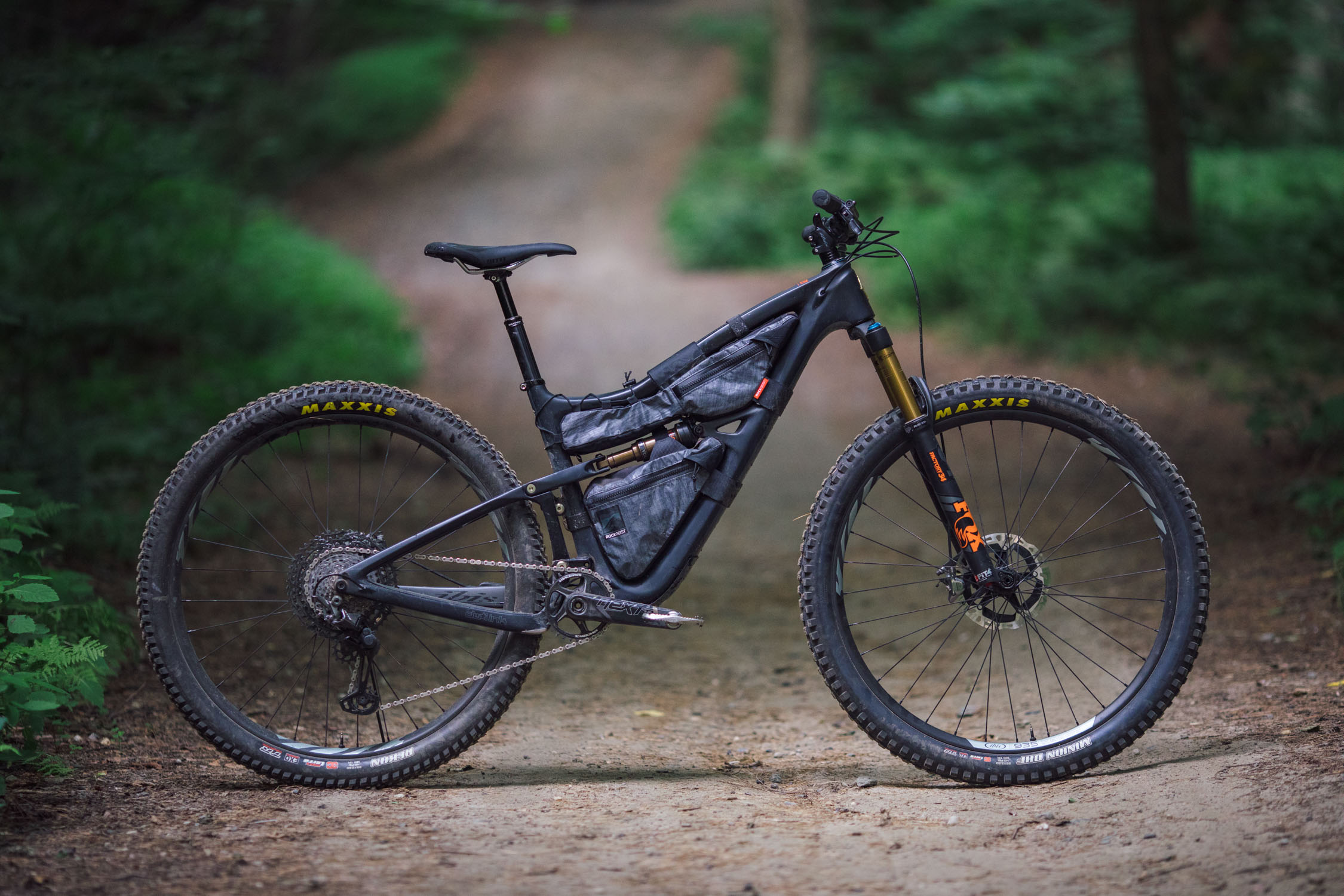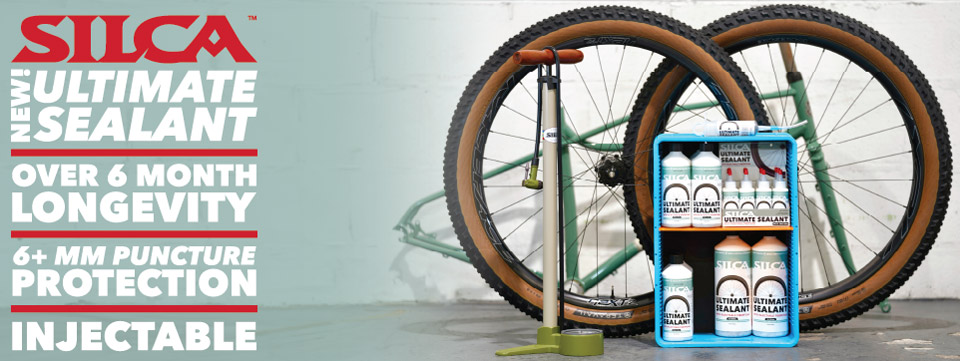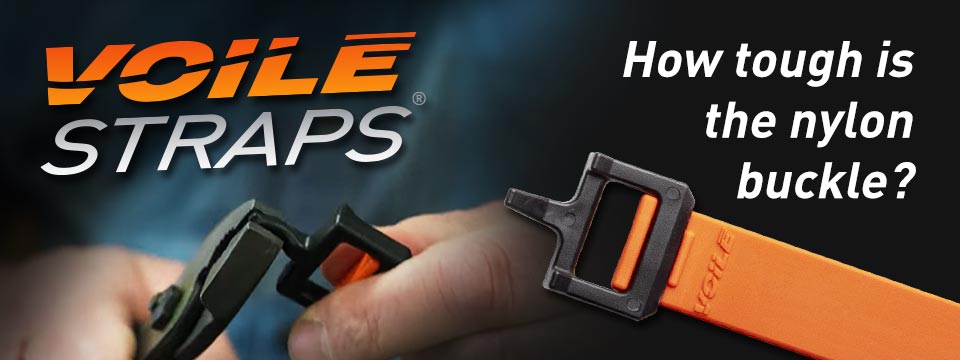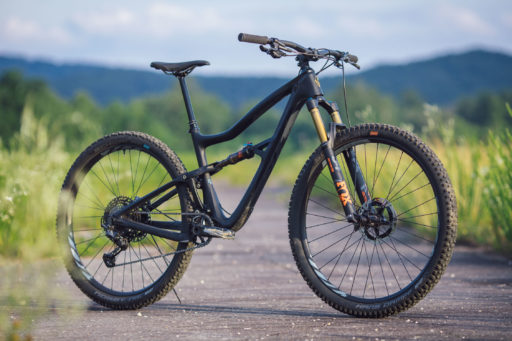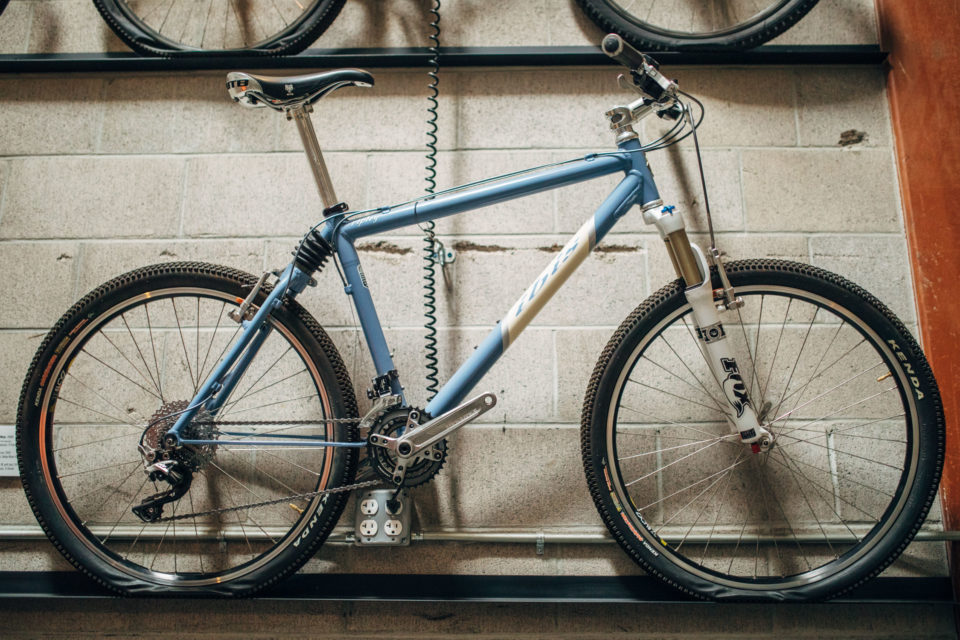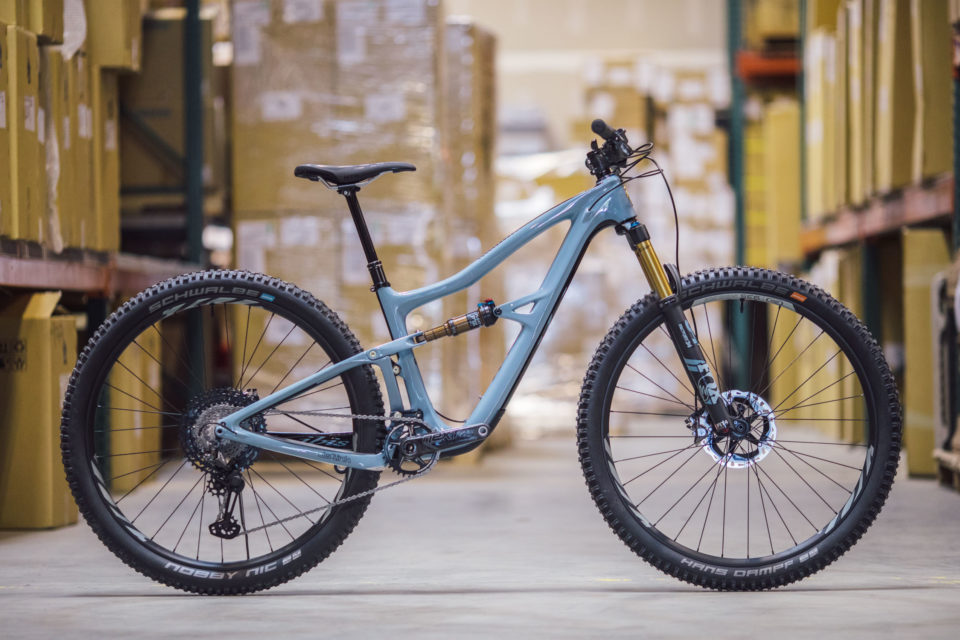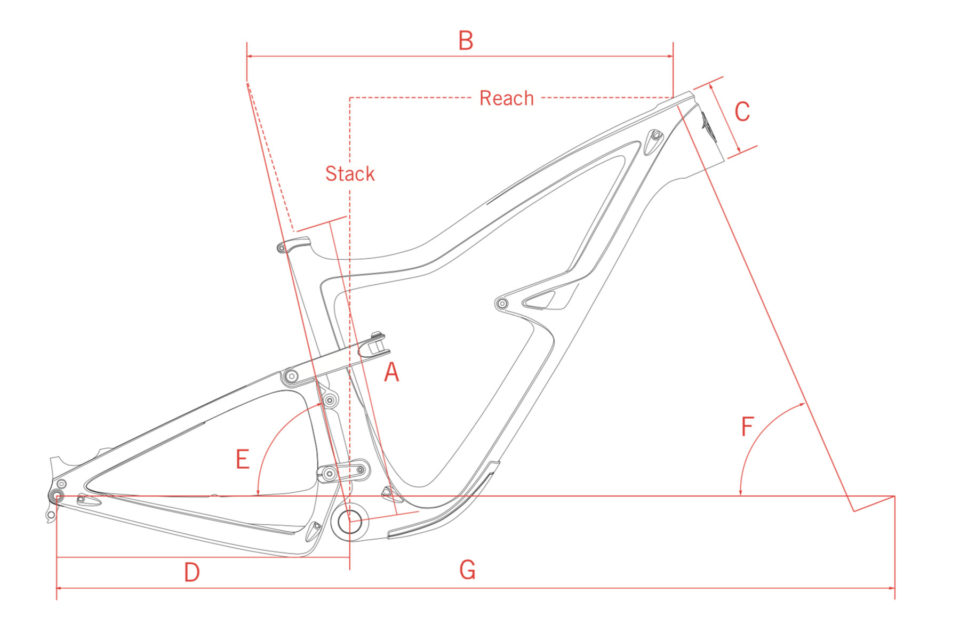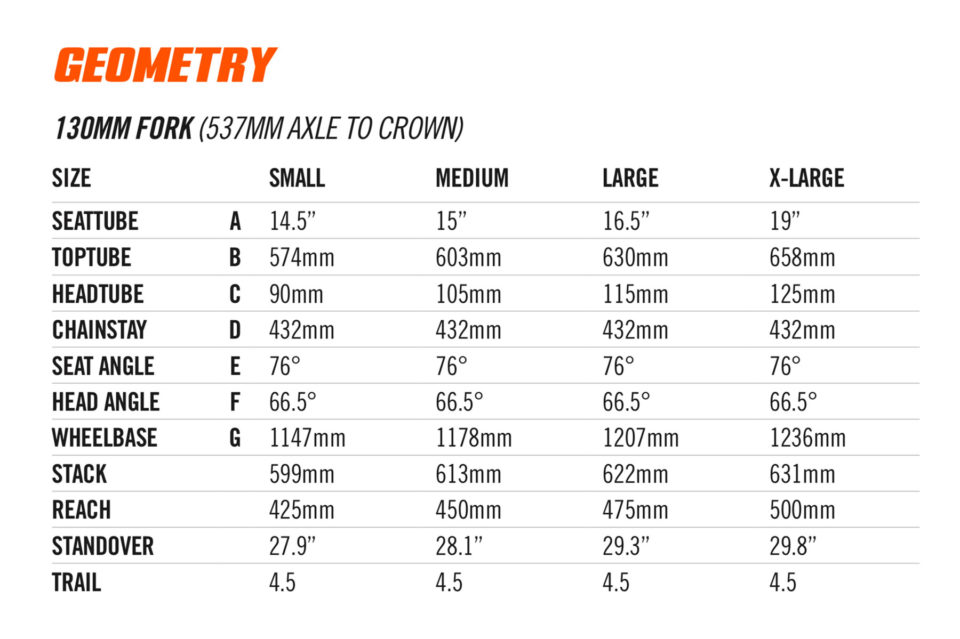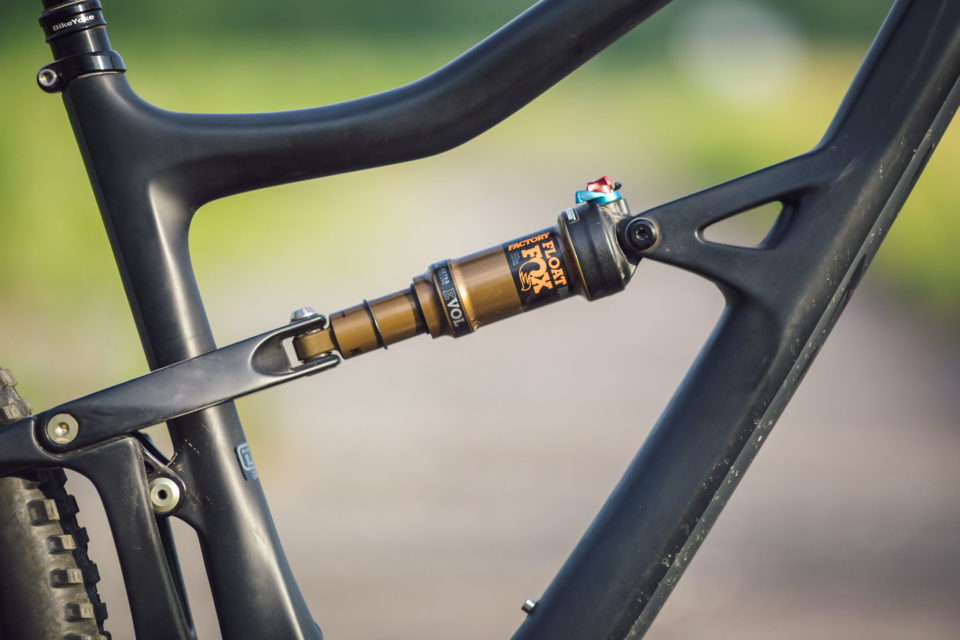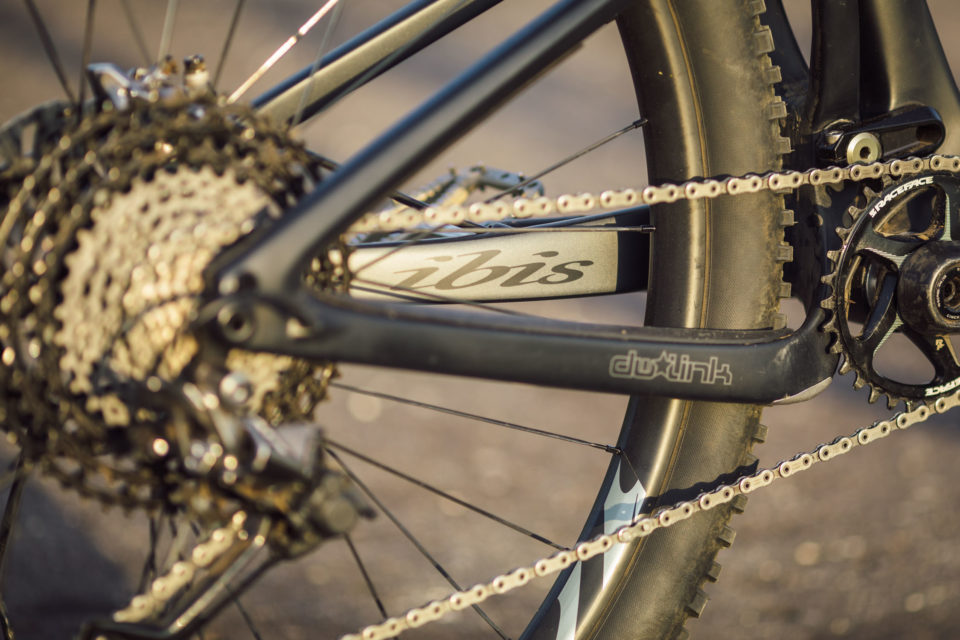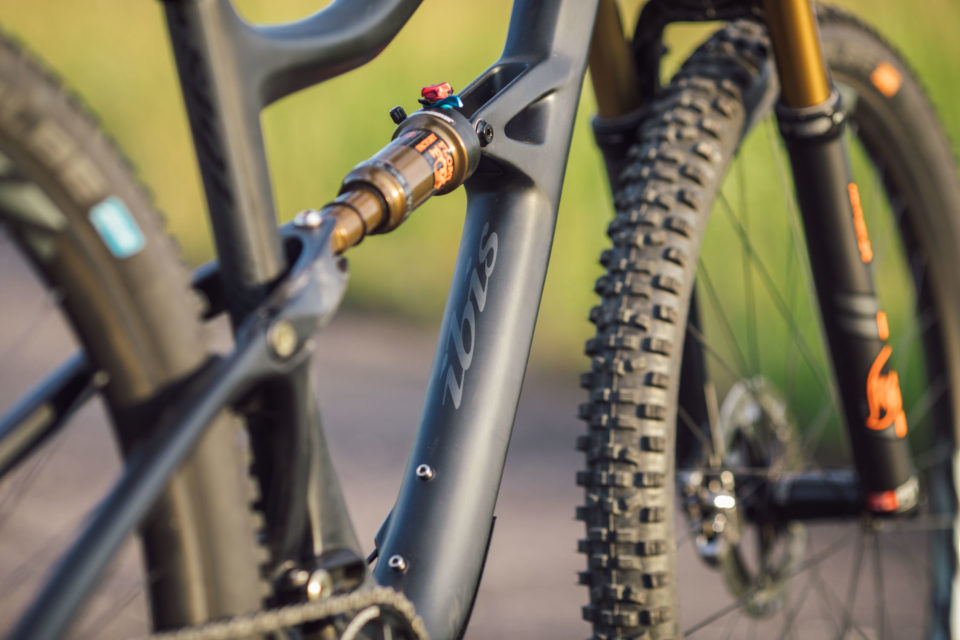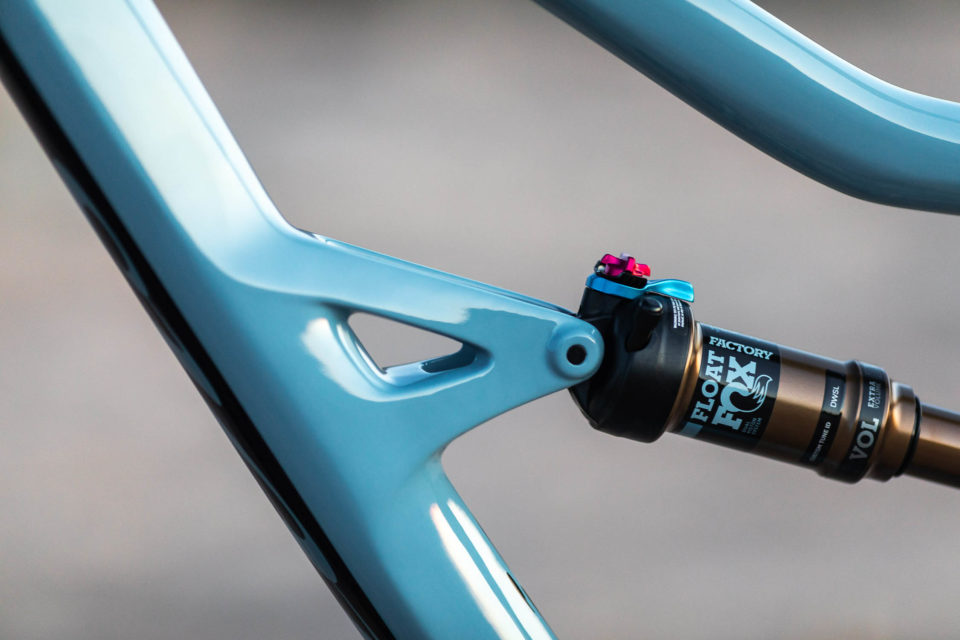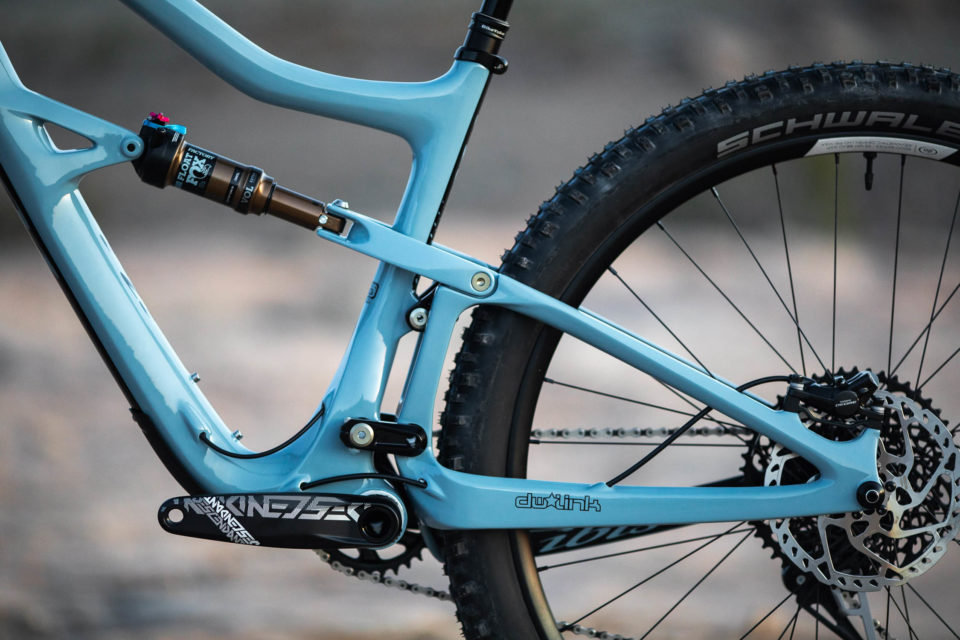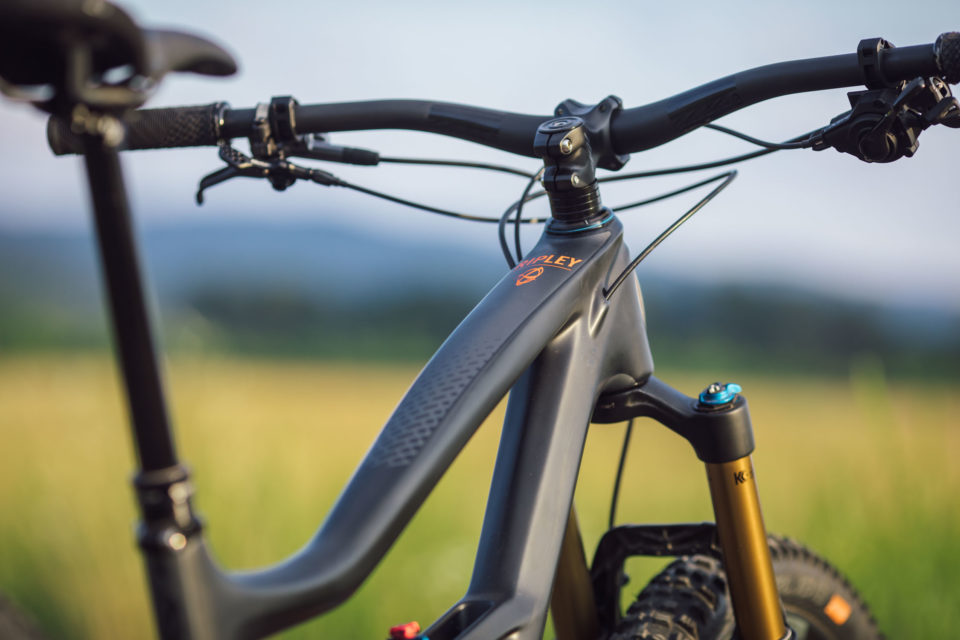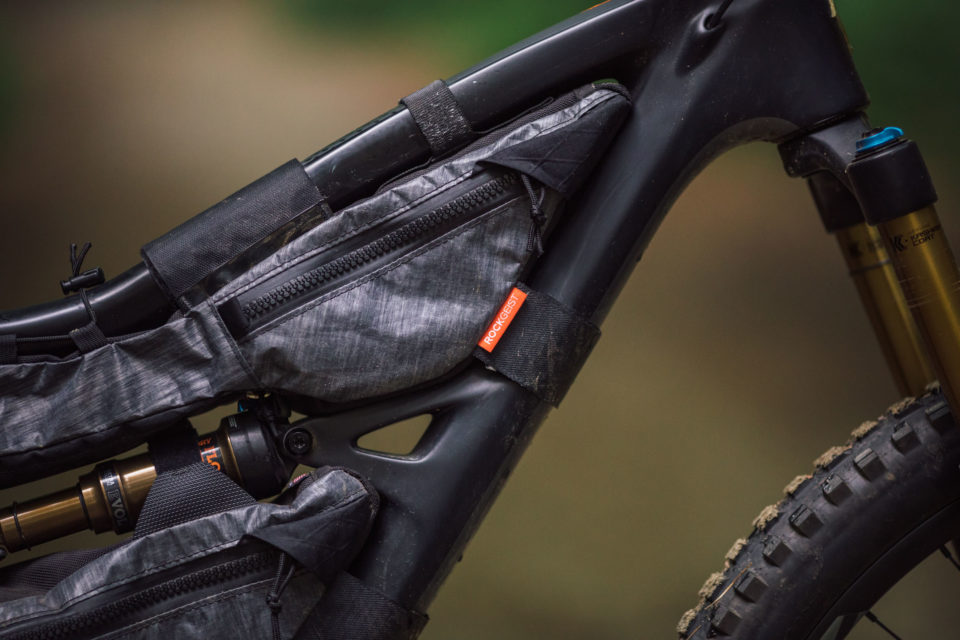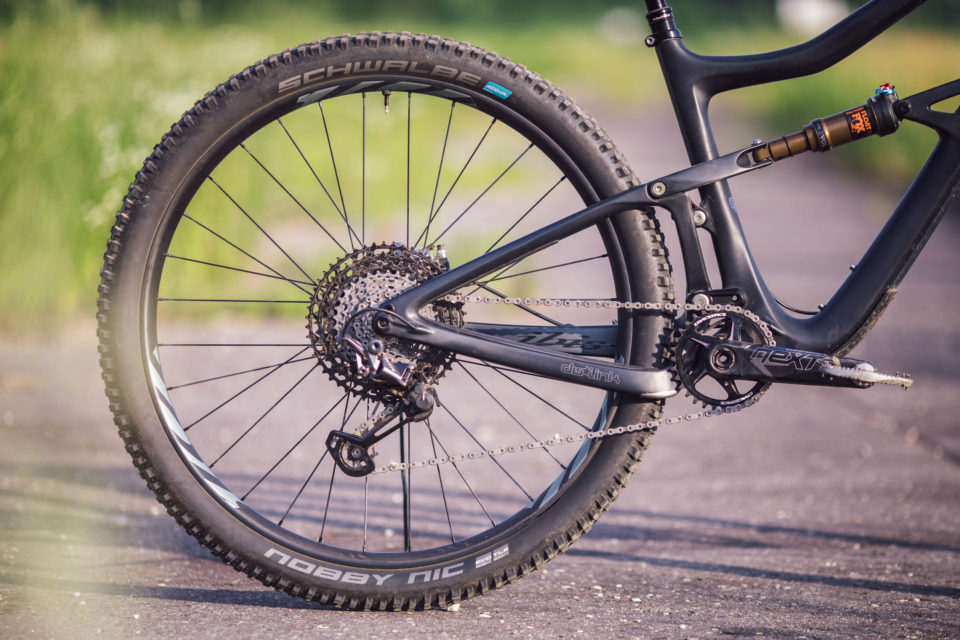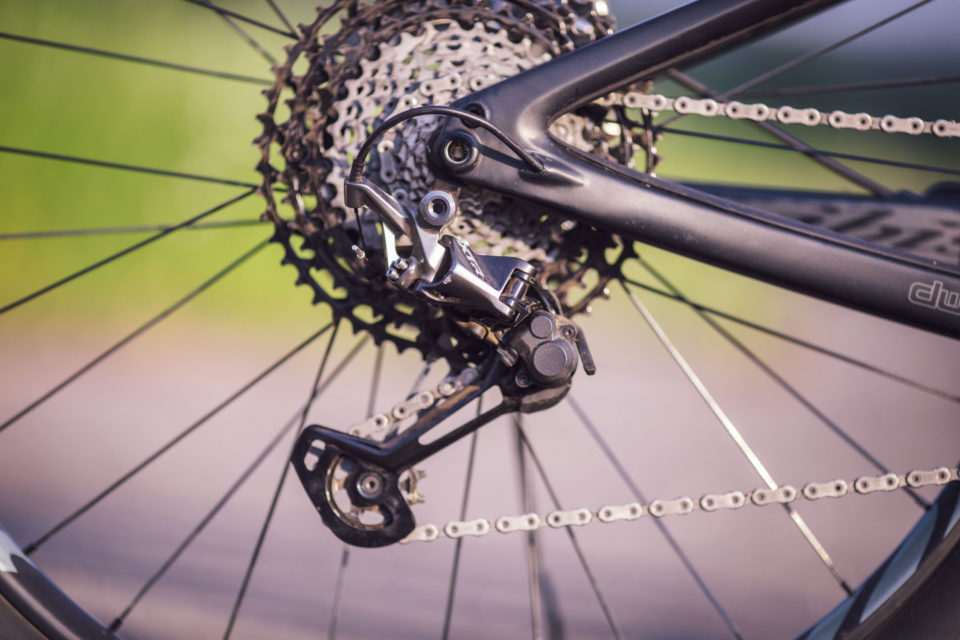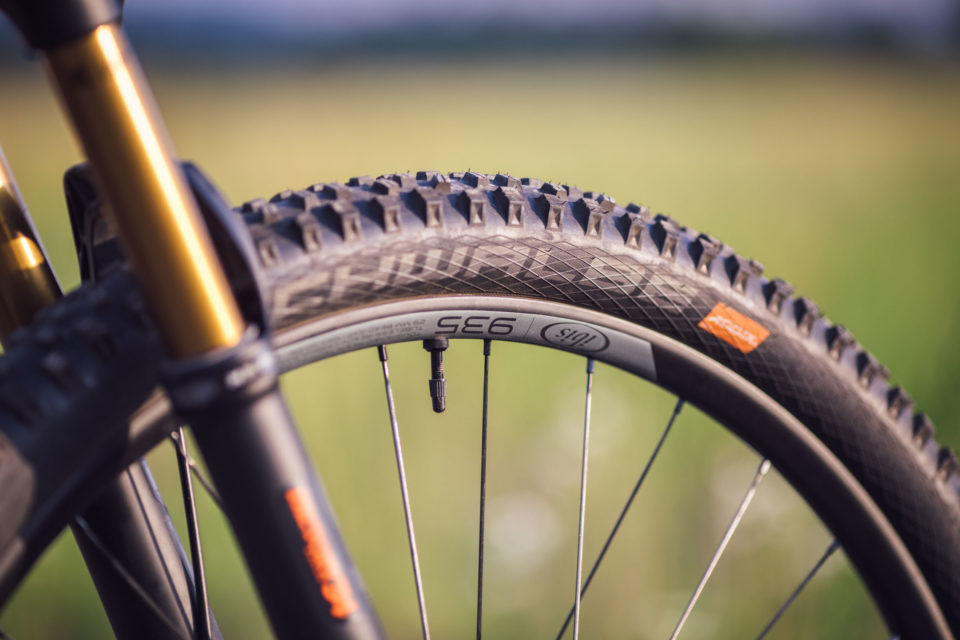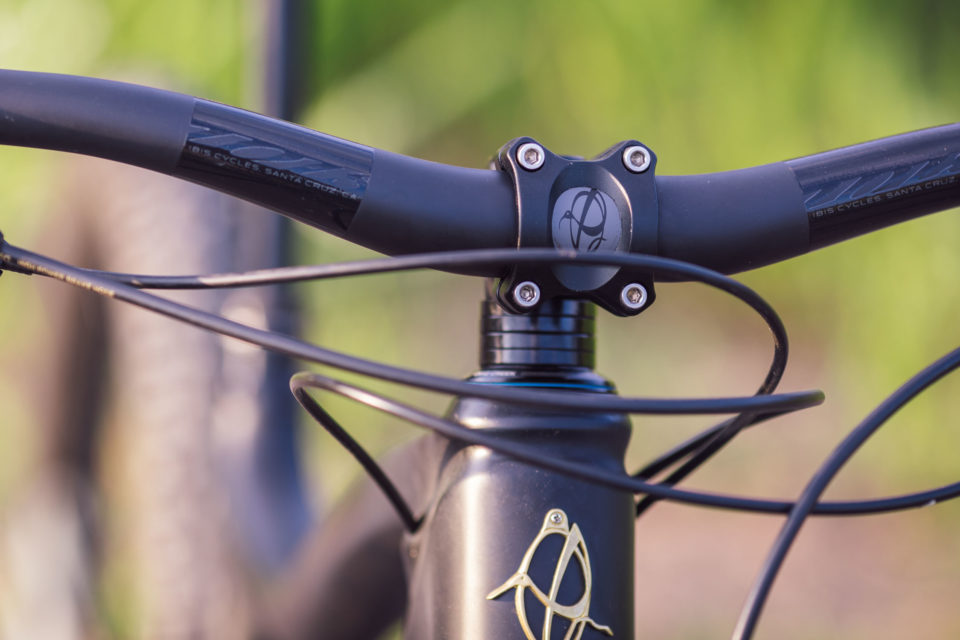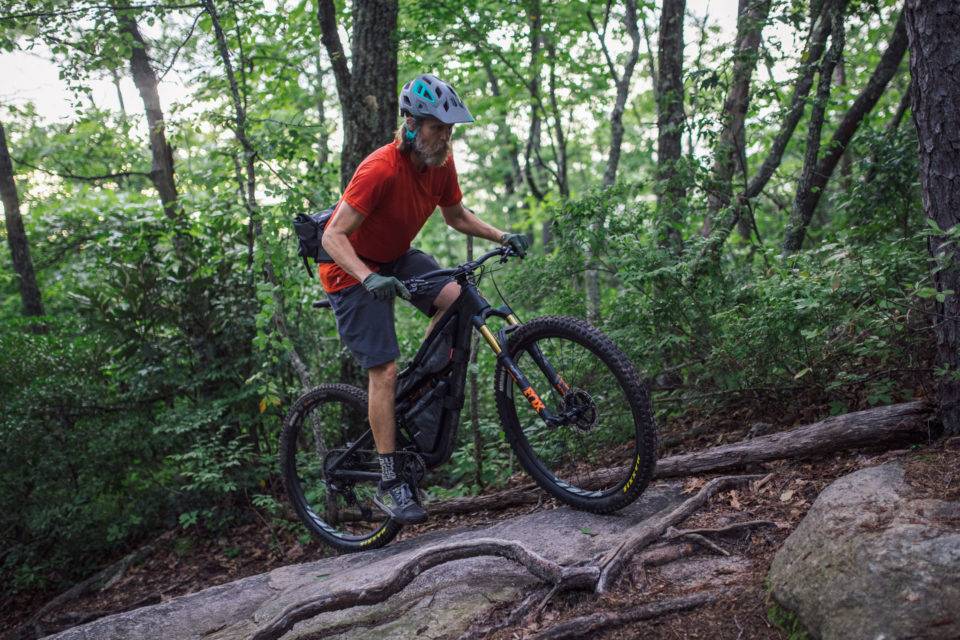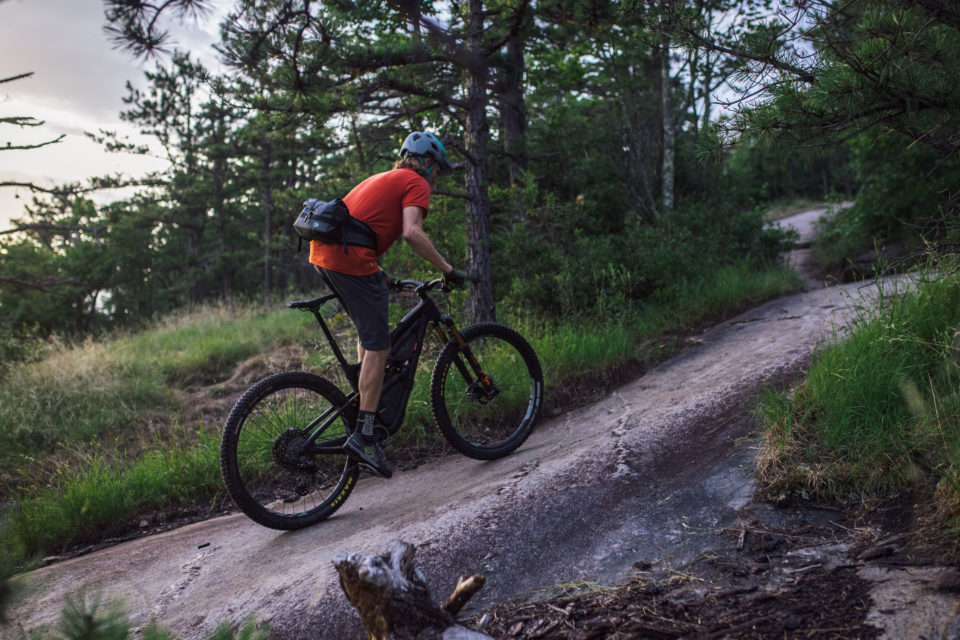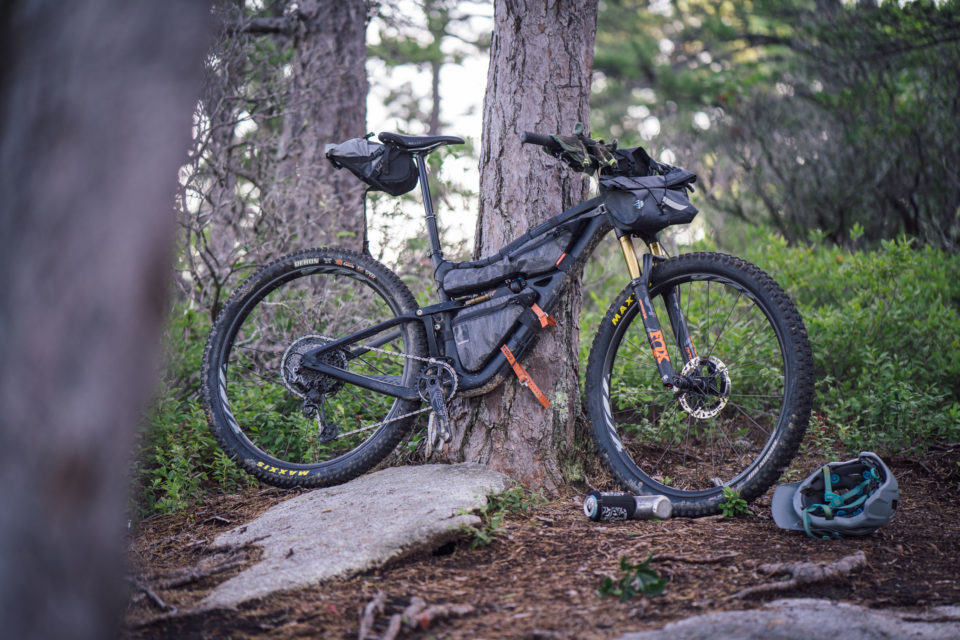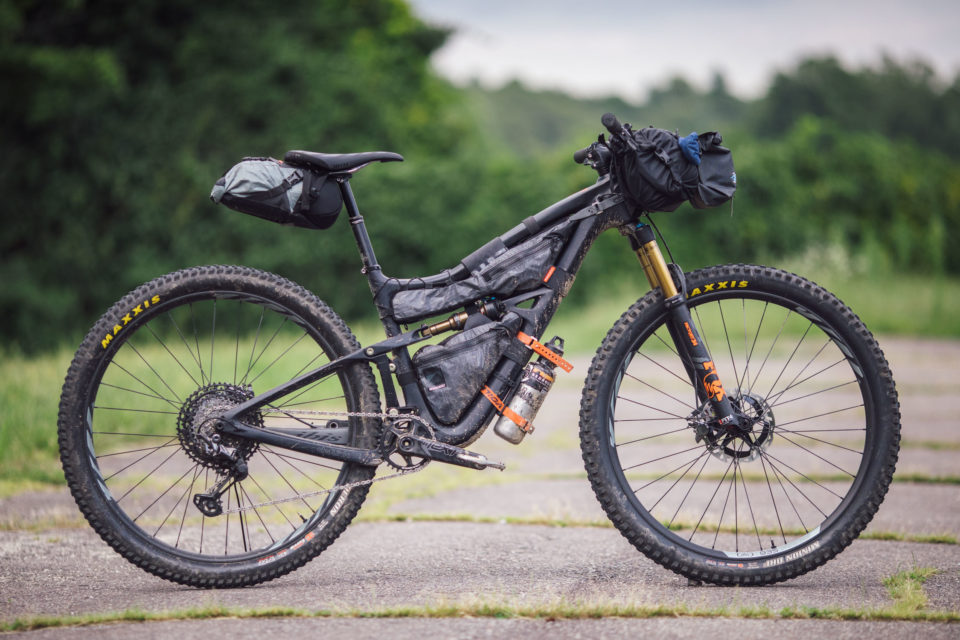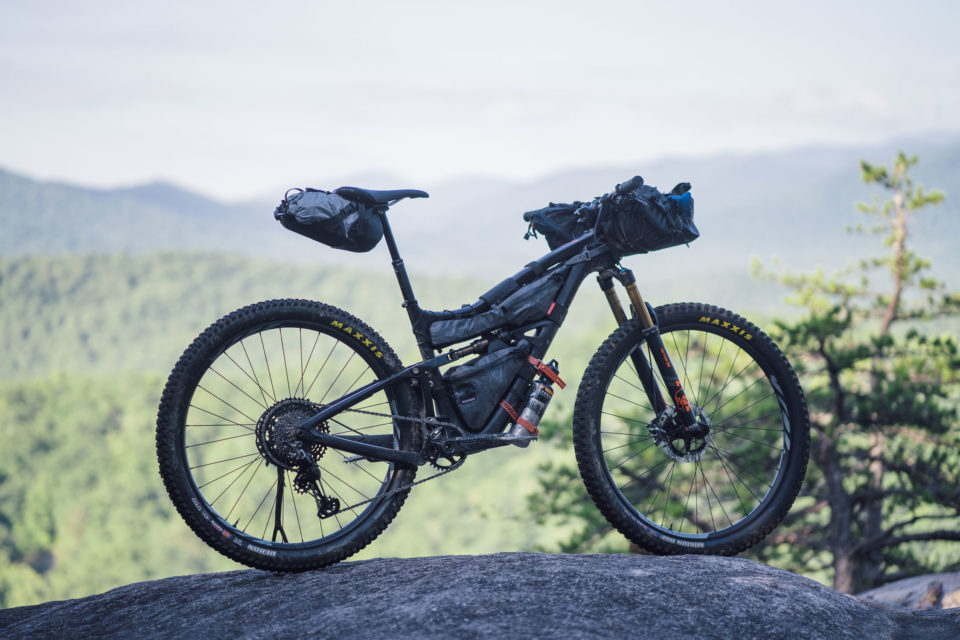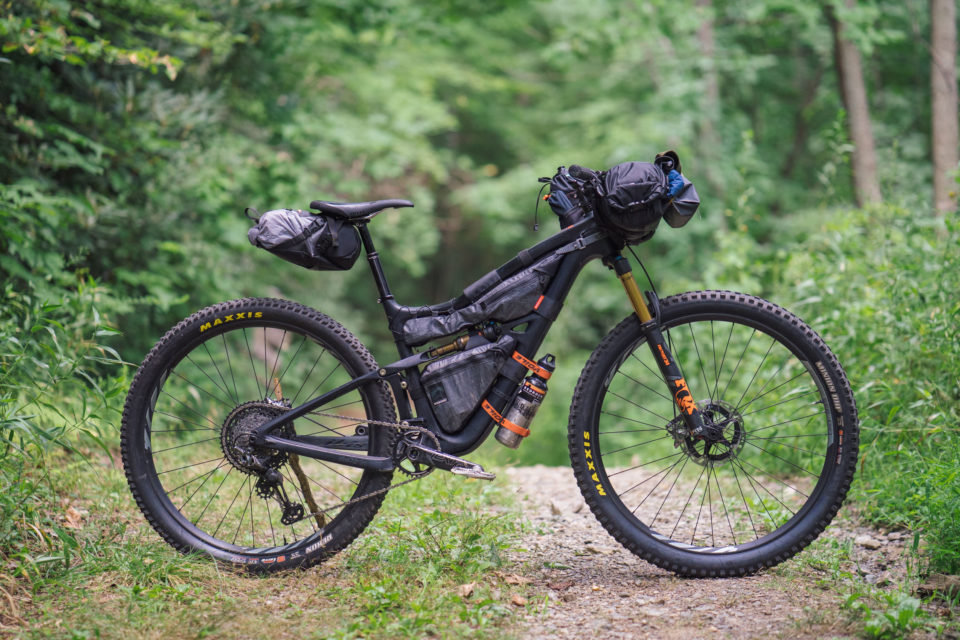Ibis Ripley Review
Back in April, Ibis released the fourth-generation Ripley with a ground-up redesign that includes clearance for 29 x 2.6″ tires, a more progressive geometry, and several other new features. We’ve since had a chance to put over 800 miles on one, both trail riding and bikepacking. Read on for the full review, plus see what all fits in a custom split-triangle frame bag…
PUBLISHED Oct 22, 2019
With riding photos by TJ Kearns
The Ibis Ripley has been in the company’s bloodline for quite some time. It was originally conceived some 20 years ago by designer by John Castellano as a full-suspension “softtail.” That model year 2001 Ripley featured an aluminum frame with a whopping 32mm (1.25”) of pivotless rear suspension. My how things have changed. It’s even pretty wild to look back on the brand 10 years ago. My first major mountain bike investment involved the then bleeding edge 26″ Mojo HD, which I practically had to sell a kidney for back in 2008—the same bike that went on this bikepacking trip before I even had real bags. That bike’s long gone, but I’ve been pining for a Ripley for several years now. It was re-re-released as a short-travel full-suspension 29er back in 2011. Then came the third-generation Ripley LS (2017), which was quite tempting as well. But, the latest generation Ripley was the coup de grace for me. I had to try it. And try it I did, clocking in about 800 miles on it during rides in my local Pisgah playground, a whirlwind mountain bike trip sampling Vermont’s finest singletrack, and a couple bikepacking trips. Read on for details about what has changed, all the specs, a split-triangle frame bag pack list, and my full, long-term Ibis Ripley review.
V4 Ibis Ripley: What’s new?
As mentioned, the Ibis Ripley is now in its fourth transmutation, which is a rather dramatic change this time around. Other than the fact that the Ibis tipped its hat to v4’s softail great grandmother (shown below with a matching “Blue Steel” colorway, as seen in Ibis’ in-house museum of mountain bikes), there’s no resemblance. Moreover, the latest Ripley is even a striking departure from the v3 model released in 2017. And, in my opinion, it’s the most tantalizing Ripley yet. Before we dig into whether or not it lives up to my self-imposed hype, here’s a summary of all that’s changed.
- Quick Highlights
- Angles (large): 66.5° Head tube, 76° Seat tube
- Chainstay: 432mm
- Bottom Bracket: 73mm threaded
- Hub Spacing: 148/110mm BOOST
- Frameset Weight: 5.6 lbs / 2.54kg
- Seatpost Diameter: 31.6mm
- Max tire size: 29 x 2.6″
Longer, Slacker, Lighter, Stiffer
Although well-loved by many, the v3 Ripley may have erred on the side of too cross-country for a lot of trail mountain bikers, especially in this day and age. It was reported to be a hyper-efficient climber, but may have lacked the grit for more technical and rowdy trails. To solve this, the v4 Ripley features an all-new, from-the-ground-up redesign inspired by the overwhelming success of Ibis’ Ripmo. The Ripmo inspired lower-linkage design morphed it into a rather progressive, modern trail bike designed to be more forgiving at speed. According to Ibis, “The Ripley is our snappy, flickable, playful, fast, lightweight, and versatile 29” trail bike. Its combination of modern geometry, a stiff lightweight carbon chassis, and 120mm of ultra efficient DW-link travel, means it’s equally happy popping off bonus lines as it is crushing all day epics.” Ibis claims the result is more stiffness provided by the lower link design, which also happens to make it 0.65lb lighter than its predecessor, adding up to a 5.6lb frame with a Fox DPS shock.
The four most approachable numbers behind its trail-ized design include a slacker headtube angle (raked out by about a degree to 66.5°) and a whopping 3° steeper seat tube (76°). It also has a much longer reach—about 45mm across all four sizes. Furthermore, Ibis shortened the chainstays by 12mm, making them a more playful 432mm.

Suspension Redesign
The v4 Ripley’s suspension is where the major Ripmo-inspired changes come into play. It still has 120mm of DW Link rear travel, a well-loved platform that can also be found on Pivot and Turner bikes. However, to progress the suspension kinematics, Ibis did away with eccentric DW link (the double circular pivots on the seat tube) in favor of a lower link. Ibis claims this increases the ramp-up through the stroke—meaning that the force required to move the suspension increases the farther the travel is engaged. This not only prevents bottoming out, it also increases control when maxing out the bike’s suspension.
Also, like the Ripmo, Ibis replaced cartridge bearings with IGUS bushings. This reduces the overall frame weight and supposedly extends the time between recommended service intervals. For what it’s worth, the bushings in this test bike exhibited zero issues or signs of wear after my rather long test period.
Up front, the Ripley sports a 130mm Fox 34 fork with a 44mm offset, a departure from the often used 51mm offset fork. Ibis claims this adds stability while allowing the Ripley to have a slacker head angle.
Frame Details
Other frame features include a 1X-specific design, a removable ICSG 05 mount, in-frame molded cable tunnels, a polycarbonate downtube protector, molded rubber swing arm protectors, 203mm max brake rotor size, and a single bottle cage mount inside the lower triangle with full-size bottle capability. While I was a little bummed that Ibis ditched the mounts under the downtube, as well as the single frame triangle design, the new split-triangle actually fits a fairly voluminous pair of custom frame bags, the bottom being a bolt-on design.
The Custom Split-triangle Frame Bag
One thing I was quite curious about with the Ripley (and other bikes that feature a split-triangle, where the shock linkage cuts the frame triangle in half) is how this would affect the carrying capacity of a pair of custom frame bags. The answer, in short, is it really doesn’t. If anything, there might be a little more volume available in the Ripley than some other top-aligned shock designs.
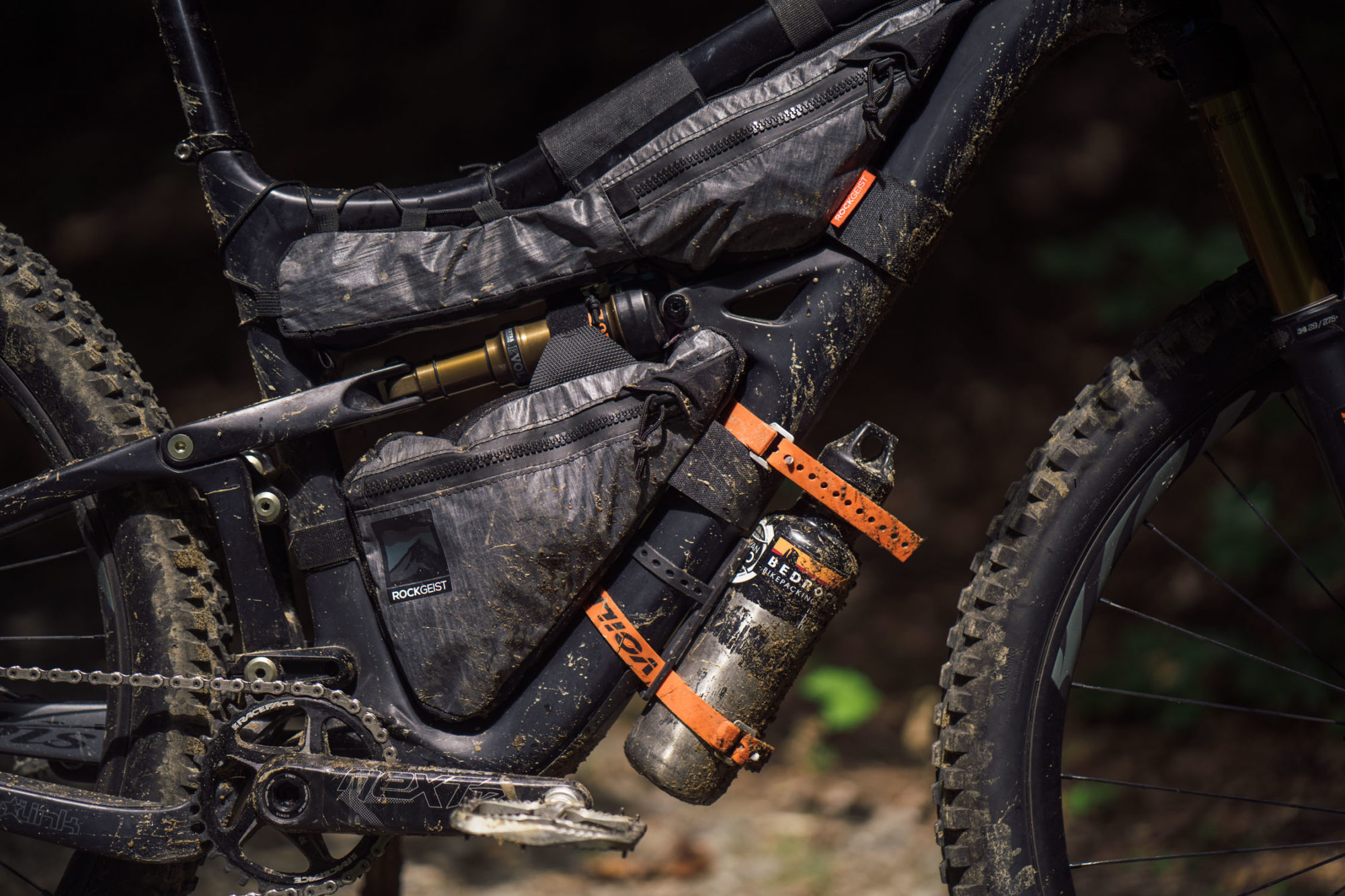
Rockgeist, a local bagmaker, made this pair of bags from Dyneema from a photo I emailed them. They feature two generous pockets, a lace-up top, and a bolt-on bottom that fit perfectly and held up to a lot of abuse. Here’s the full packlist:

Food
Dinner: 2 packs of Rice Ramen and a tin of sardines
Breakfast: Granola and coconut milk powder in Ziploc bag, two packs of instant coffee
1 Larabar
Kitchen
700ml Vargo BOT with a small fuel canister inside
Primus MicronTrail Stove and cloth
GSI Compact Scraper
Snow Peak titanium spork
Lighter
Repairs and spares
Tool roll with patch kit, needle and thread, spare valve core, strap, pipe clamp, small Leatherman, zip ties, needle/thread
One-Up EDC Pump with tire plugs/tool, chain breaker, quick-link tool, and spare quick links
Stan’s sealant (2oz bottle)
Other
Cord for bear hang
Black Diamond ReVolt headlamp
Spare batteries
Tent stakes
As always, I stashed heavier items such as food and tools in the triangle. I was quite amazed at how much these two bags could carry, which is right on par with what a top-link full-suspension bike can fit (see this packlist on the Salsa Pony Rustler).

Ibis Ripley Review Model Build
The Ripley is available in sizes S-XL, with the M-XL compatible with 170mm+ droppers, and the small with 125-150mm posts. There are six complete build kits available that range from $4199-9199, or you can get the frame and shock for $2833. Each kit comes stock with 29 x 2.6’” Nobby Nic tires or Maxxis Assagai 2.5” rubber. The Ibis Ripley reviewed here is the high-end XTR kit, which is what they sent for our test. Here’s the complete build kit.
- Fork Fox Float 34 Factory Series 130mm, 29″, 15QR
- Shock Fox Float Factory DPS with EVOL, 190×45
- Wheels Ibis S35 Carbon Rims / 29″ / Industry 9 Hydra Hubs
- Tires Schwalbe Hans Dampf (front) Nobby Nic (rear) 29″ x 2.35″
- Brakes Shimano XTR M9100 2 piston
- Brake Rotors Shimano RT-MT900 180
- Cranks Race Face Next R 175 or 170mm, 32t Alloy Ring
- Bottom Bracket Race Face BSA
- Rear Derailleur Shimano XTR M9100 12 Spd
- Shift Levers Shimano XTR M9100 12 Spd
- Cassette Shimano XTR M9100 12 Spd 10-51T
- Chain Shimano XTR M9100 12 Spd
- Headset Cane Creek 40 ZS44/ZS56
- Grips Lizard Skins Charger Evo
- Handlebar Enve M6 Bar 780mm
- Stem Enve Mtn Stem 31.8mm (55mm)
- Seatpost Bike Yoke Revive Dropper 160
- Saddle WTB Silverado Team 142mm width
Spec Report
After a great deal of use, there’s a lot to like about this build kit and not much to dislike, aside from that near five-figure price tag. Bike companies always insist on sending media the top-end kit for testing. I’ve often wondered if there’s a bit of smoke and mirrors to this tactic; obviously specced components do a lot for the overall experience. That said, this kit is quite nice, and it’s also impressive that you can pick up the Ibis Ripley with an NX build for $4,100.
I immediately smitten with the new Shimano XTR drivetrain. It’s as crisp and smooth as I expected, not falling out of tune the entire time I had the bike. Another stand out component is the BikeYoke dropper post, which is perhaps the best dropper I’ve used to date. I wasn’t terribly happy that they sent the smaller wheel/tire combo. The Ibis 935 wheels have a 29mm inner width, which was generally fine, but they sent it with 2.35” tires. I fitted it with a 29 x 2.6” Maxxis DHF/Rekon combo after a few rides, which was great. There was plenty of room for these tires in the frame and they paired well with the 935 rims, although I’d prefer 35mm rims if I had my say.
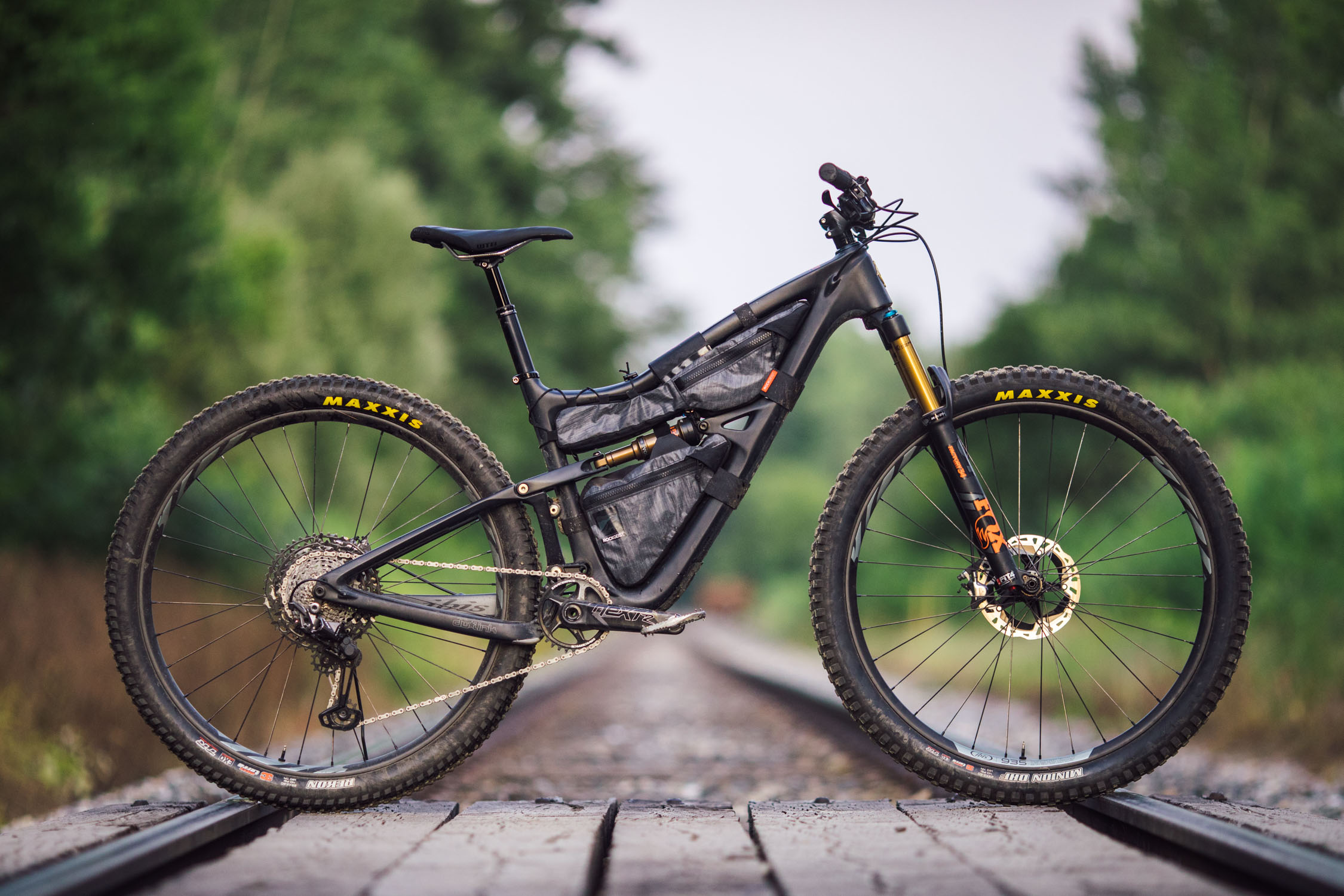
Short Travel 2.6” 29er Magic
So, what’s this bike all about? To dig into it from bottom to top, let’s talk about the genre. Short-travel 29ers—bikes with 29-inch tires and ~120mm of rear suspension, such as the new Salsa Spearfish, Yeti’s SB100, Santa Cruz’s Blur and Tallboy, the Juliana Joplin, and Ibis’ Ripley—blend minimal suspension and large diameter tires to add comfort, confidence, and rollover capability, yet still maintain a high level of pedaling efficiency and lighter weight than other full-suspension bikes. All this adds up to less rider fatigue during long days on rugged singletrack and mixed terrain. As such, short travel 29ers are often the weapon of choice for events like the Colorado Trail Race, the Arizona Trail Race, and the Highland Trail 550. They’re also a blast to ride unloaded, which makes them a go-to bike that can do an awful lot. With that said, short-travel 29ers still allow you to feel the trail—the same ride experience that draws me to riding hardtails and rigid bikes—and require some skill and maneuvering, more so than longer-travel “enduro” bikes that can plow over anything with a little blind courage. But, more forgiving and less punishing than a hardtail or rigid bike.
Other than its own set of perks and quirks, a unique DW Link suspension design, and Ibis’ own aesthetic, what sets the Ripley apart from those other bikes is that it’s the only one built around (and shipped with) 29 x 2.6″ tires. I’m a big fan of this tire size. The extra width and volume offers some of the traction, float, and suspension benefits of plus tires, while maintaining stiffer sidewalls and not going off the deep end with the weight and drag associated with full-on 2.8 or 3.0” tires. There’s a little bit of magic that happens when 29 x 2.6″ tires are paired with short-travel suspension, at least in my opinion.
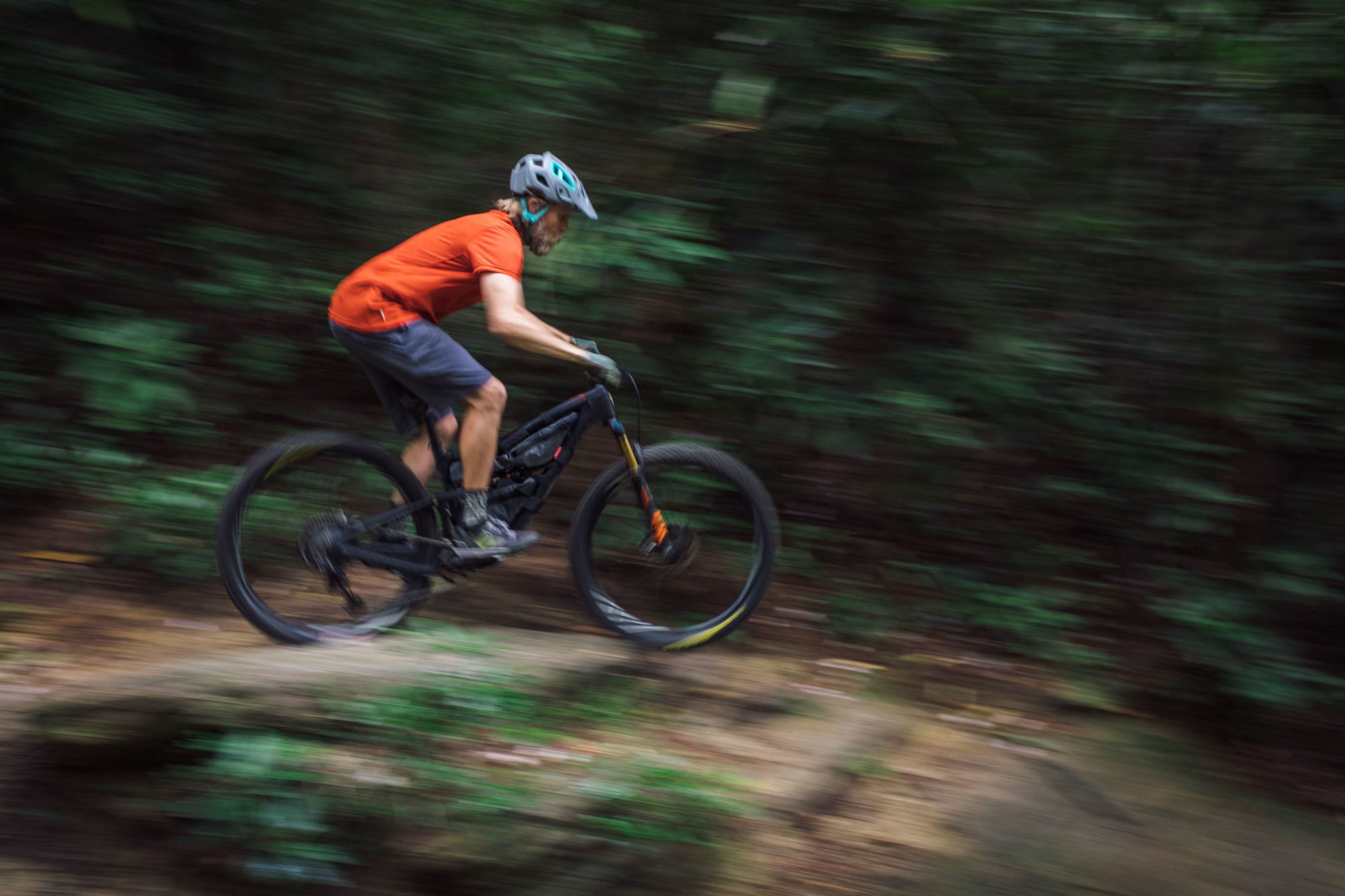
On the Trail: Downs and Ups
If I’m at home, the first thing I do with a test bike (if it’s a mountain bike) is take it on a very familiar local Pisgah loop that’s rideable from my back door: a counter-clockwise ride on Sycamore Cove > Stearns > Grassy > lower Sycamore Cove. This loopy-loop provides a bit of everything—rooty traverses, berms, a couple tech corners, steep climbs, and a little bit of gnarly rock descent. I know it really well and often use it to dissect bikes. However, all bikes take time to figure out, which is why I always put a ton of time on them. The Ripley was no exception, although a few of its characteristics shined through on the first ride. For one, it felt super fast right out of the gate. It accelerated quickly—better than others in its class—on flatland and moderate ascents. It pedaled well and felt pretty stable on that terrain, too. Another thing I noticed right away was I felt substantially more confident on rough descents than I have in a while. Similar to my first rides on my old Mojo HD, the DW Link does a great job at smoothing out small bumps, and it only seemed to get better the harder I pushed it.
My one caveat with the Ripley was on super steep climbs. There are a couple ultra-steep spots on my local trails that I can clear some of the time, and other times they get me. I found myself walking up a rooty crux on several times with the Ripley. I put partial blame on the length of the bike and my relatively short torso. To give you an idea, I’m about 6’ even with a 34” inseam, so a jacked up seatpost and slammed forward saddle are usually how I roll. When faced with these ultra-steep sections of trail, I’m either seated, chin down over the handlebar, or out of the saddle to gain the leverage and power needed to get up and over the incline. I found that when standing on the extra steep parts (not typical hills, but big grunters grades), traction was often lost; and when seated, I couldn’t quite get over the bars enough to keep the front tire on the ground. Granted, this was a rare experience, and I ultimately got accustomed to it and improved on this bike over time. In the end, I think the Ripley is one of the better full-suspension climbers out there.
Everywhere else, and then some, the Ripley shines. With its particularly steep 76° seat tube, I found it to be a stand out climber, overall, particularly at speed on moderate grades. It’s also seems to punch above its class at all types of descents, from rough technical stuff, to carving flowing trails. It has a relatively low bottom bracket, but certainly not too low. This, coupled with a slackish head tube and moderate stack give it an in the bike, agile feel on the trail.
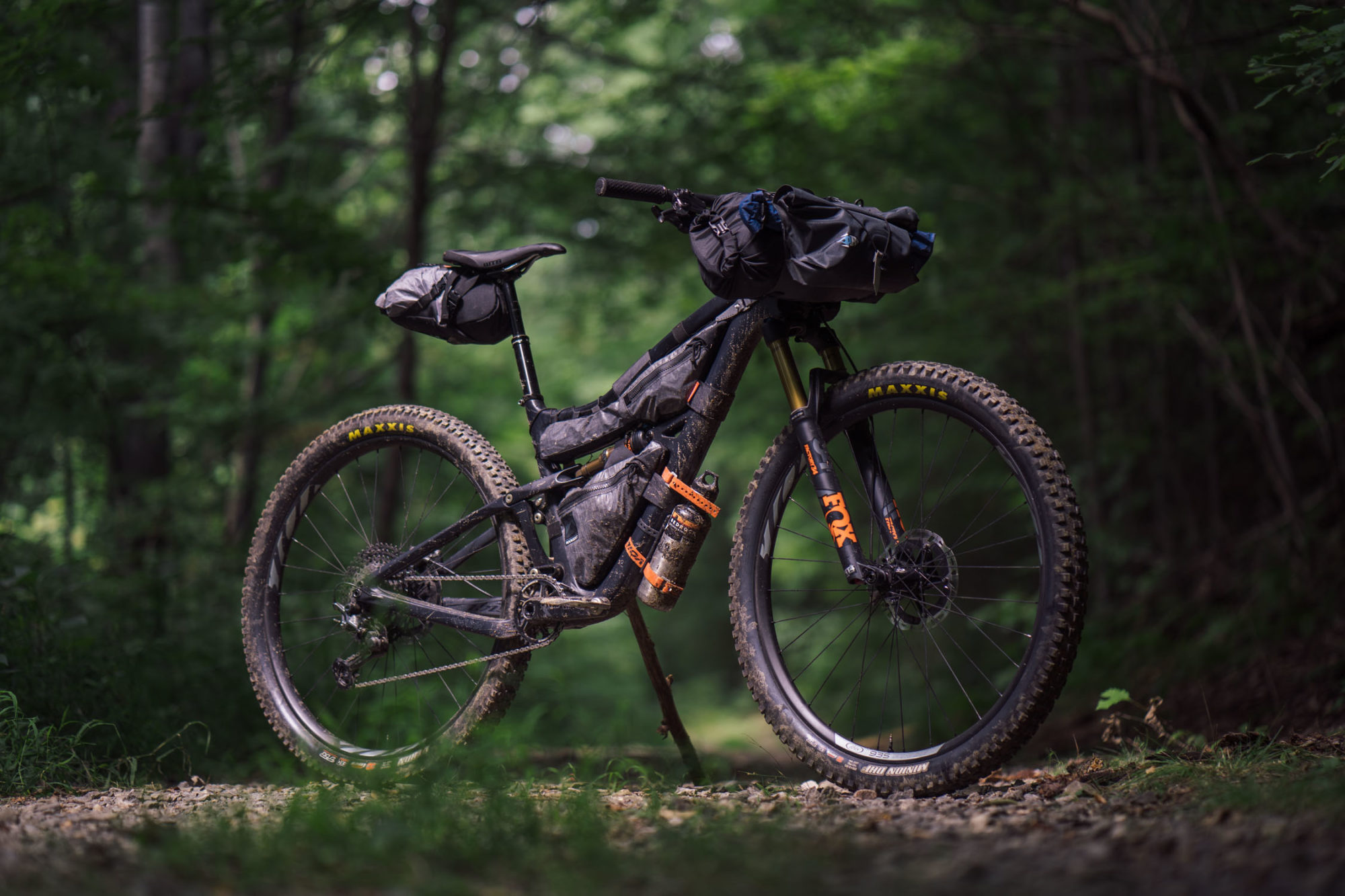
While Out Bikepacking
I didn’t take the Ripley on a particularly long-haul bikepacking trip, but this wouldn’t be a complete Ibis Ripley review if I didn’t get it out on a few overnighters and scouting missions. Not to say you couldn’t do a big trip on this bike, but it’s certainly best suited for weekend singletrack outings or rides/races such as the Colorado Trail or AZT. It seems to retain its stiffness and ride quality with luggage, so I didn’t notice much of a change in its mannerisms once it was loaded down. As usual, I often dial in the shock and fork to a more firm setting or add a bit of air, but given its suspension efficiency and clearance for larger wide trail tires, the Ripley’s a perfect bike for singletrack bikepacking.
I was also pleased with the Ripley’s stability. There’s no doubt that the its home is on singletrack, but even on long gravel rides to access singletrack, I found it to be planted and comfortable, a valuable quality for a bike that doubles as a trail bike and bikepacking rig.
Not to beat a dead horse, but this bike fits its niche, somewhere between XC and all-mountain, or both. A downhill mountain biker wouldn’t choose a 120mm-travel rig as their primary bike; it would simply be too rough and sketchy on their preferred terrain. An XC racer wouldn’t be caught dead on a heavy 160mm downhill rig either; all speed, efficiency, and climbing prowess would be lost. I’m neither, so I find myself fortunate that we’ve reached a point in time when bikes can possess minimal but well-engineered suspension and smart geometry to tackle rugged technical downhills with confidence and retain XC-efficiency for climbing speed and long days in the saddle. Ibis has done that really well.
Pros
- The new DW Link suspension design is quite good at playing on rowdy downhills yet still seems efficient when pedaling and climbing.
- Extremely lightweight and quiet frame design, partially attributed to the in-frame cable tunnels
- Fits 29 x 2.6” tires.
- Lesser build kits aren’t too overpriced considering Ibis’ size and status as relatively boutique brand.
- Very sharp looking bike with more frame triangle space than you might assume.
Cons
- No bosses under the downtube. It would have been a bonus if they kept them.
- XTR build, as tested, is a well out of my price range.
- Maybe not XC/efficient enough for some people, compared to v3
- In a perfect build, I’d prefer a Rockshox Pike fork
- I had to send it back
- Size/model tested Ibis Ripley, size large, XTR
- Weight (as tested) ~27.1 pounds (12.29kg)
- Price $9,199
- Place of manufacture Taiwan
- Manufacturer’s Details IbisCycles.com
Wrap Up
Throughout my time with the v4 Ibis Ripley, I often told friends that it might just be the best full-suspension trail bike I’d yet ridden. That pretty much sums it up; Ibis did a great job at blending a good suspension design with wide trail 29er tires and an aggressively smart geometry to make a bike suited for a little bit of everything. Not to sound cliche, but it ticked almost all the the boxes for me: it’s very capable for its class, pedals well, fast, quiet, and it’s comfortable. If you’re like me and think that efficient, short-travel suspension and 29 x 2.6″ tires add up to the perfect trail bike, then the Ripley should probably be on your short list…
Please keep the conversation civil, constructive, and inclusive, or your comment will be removed.







